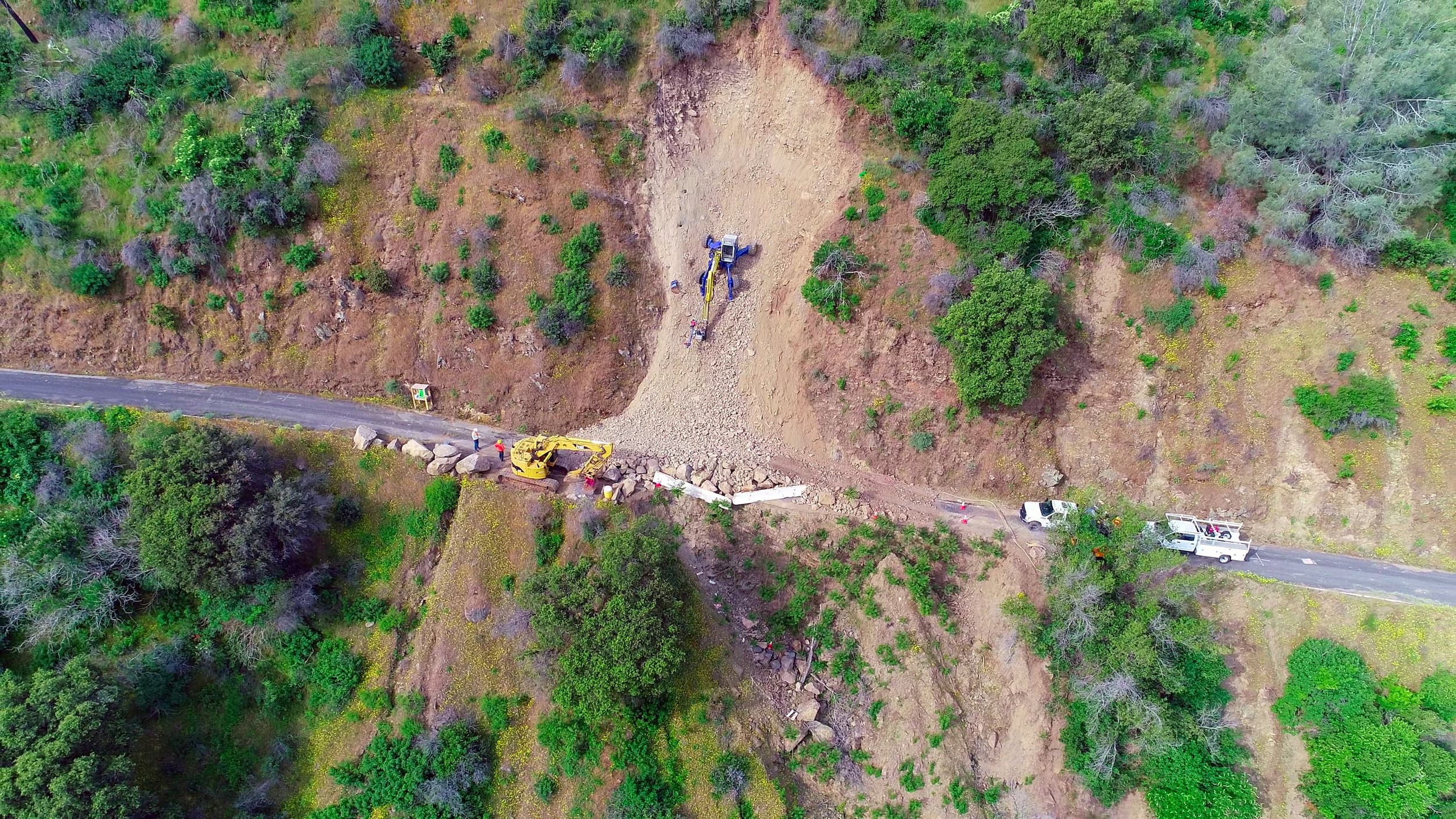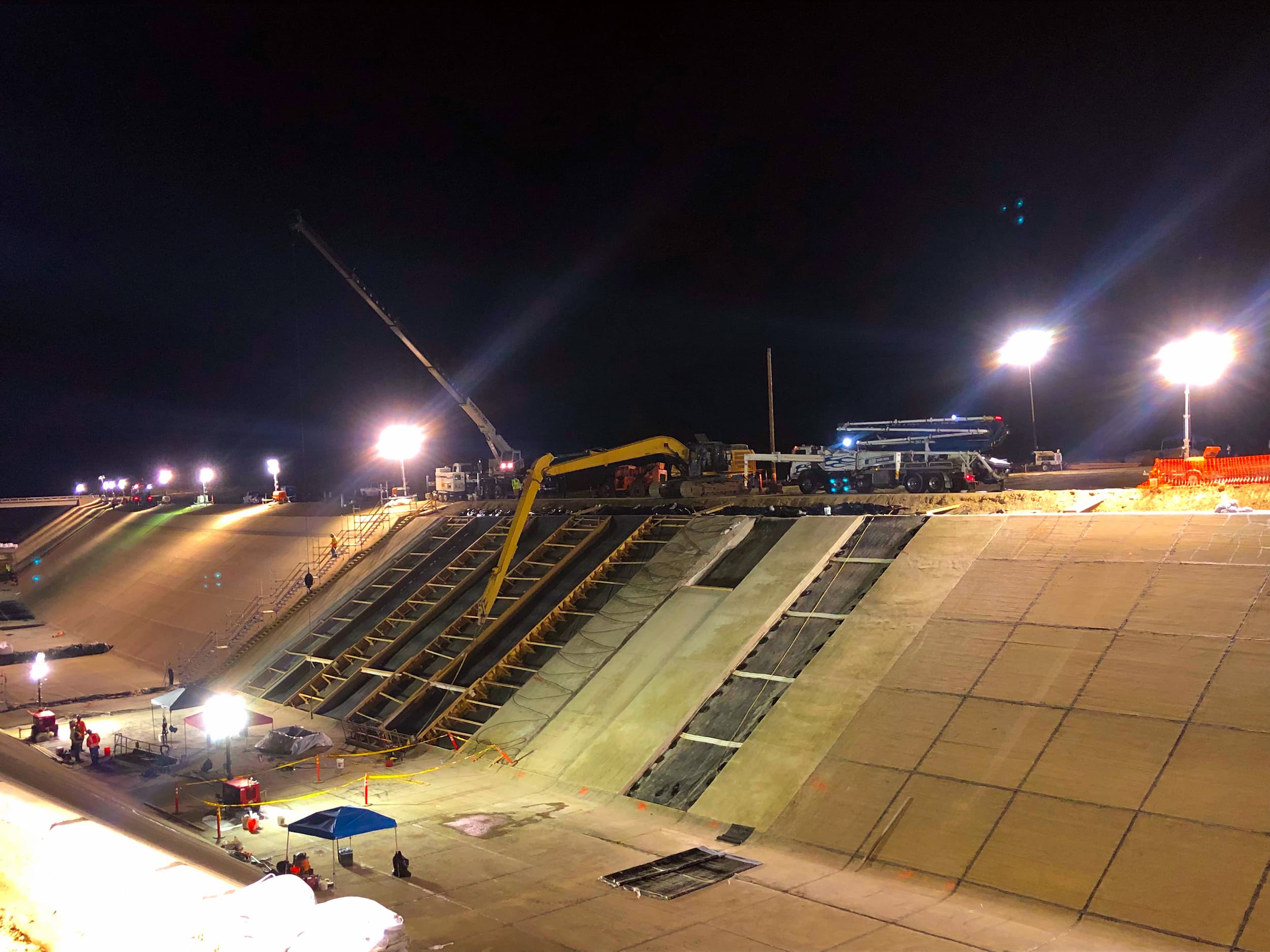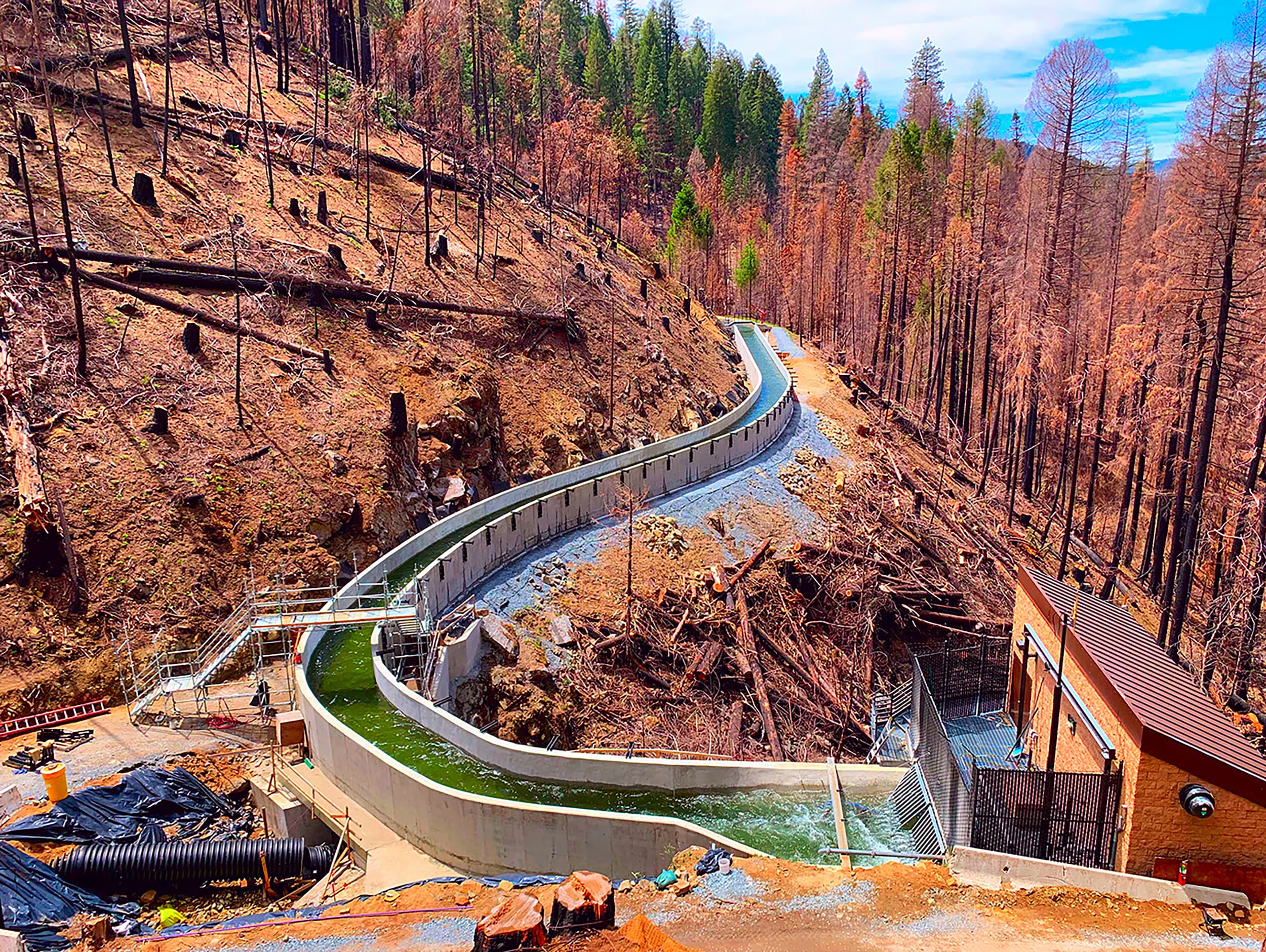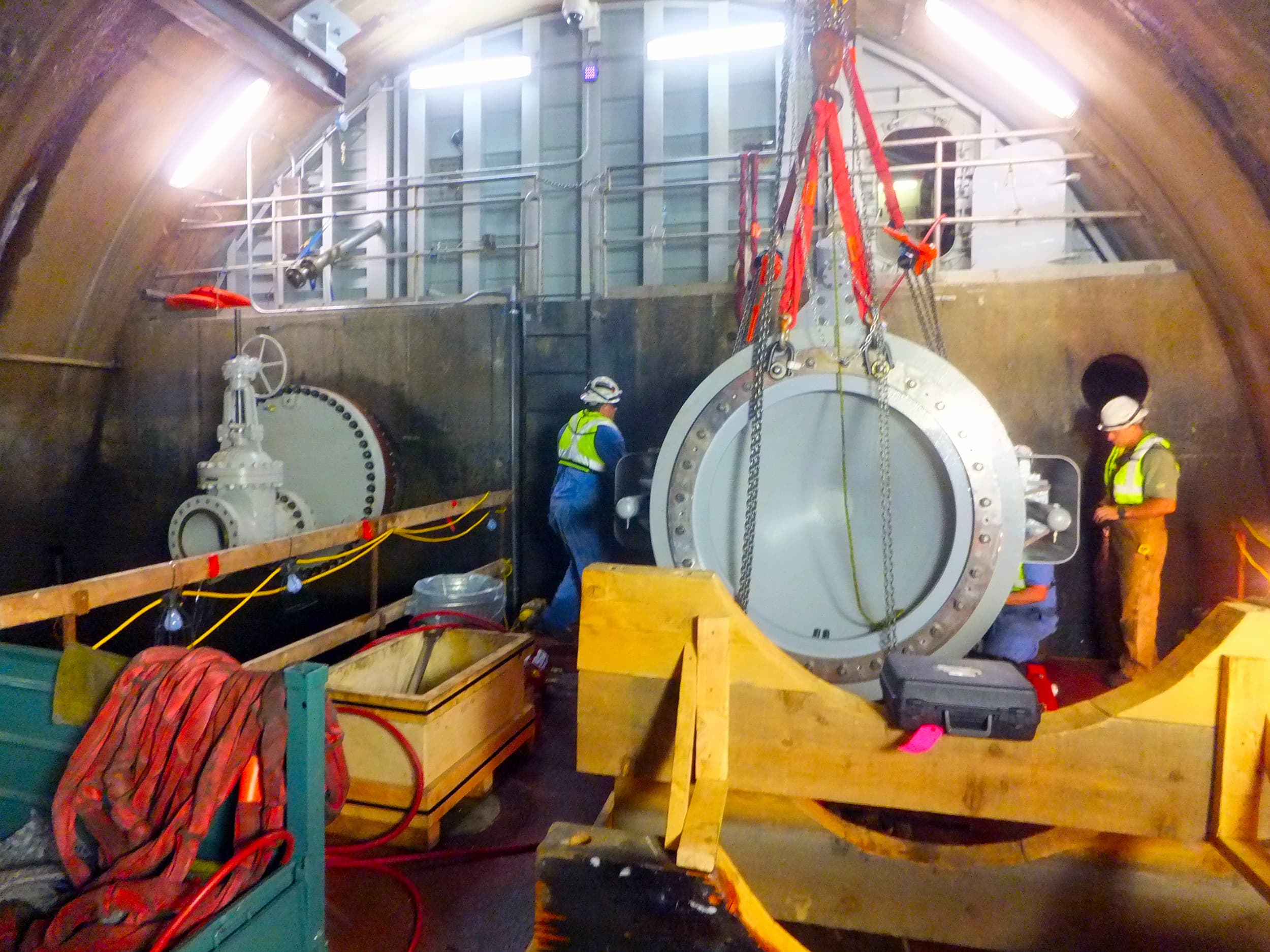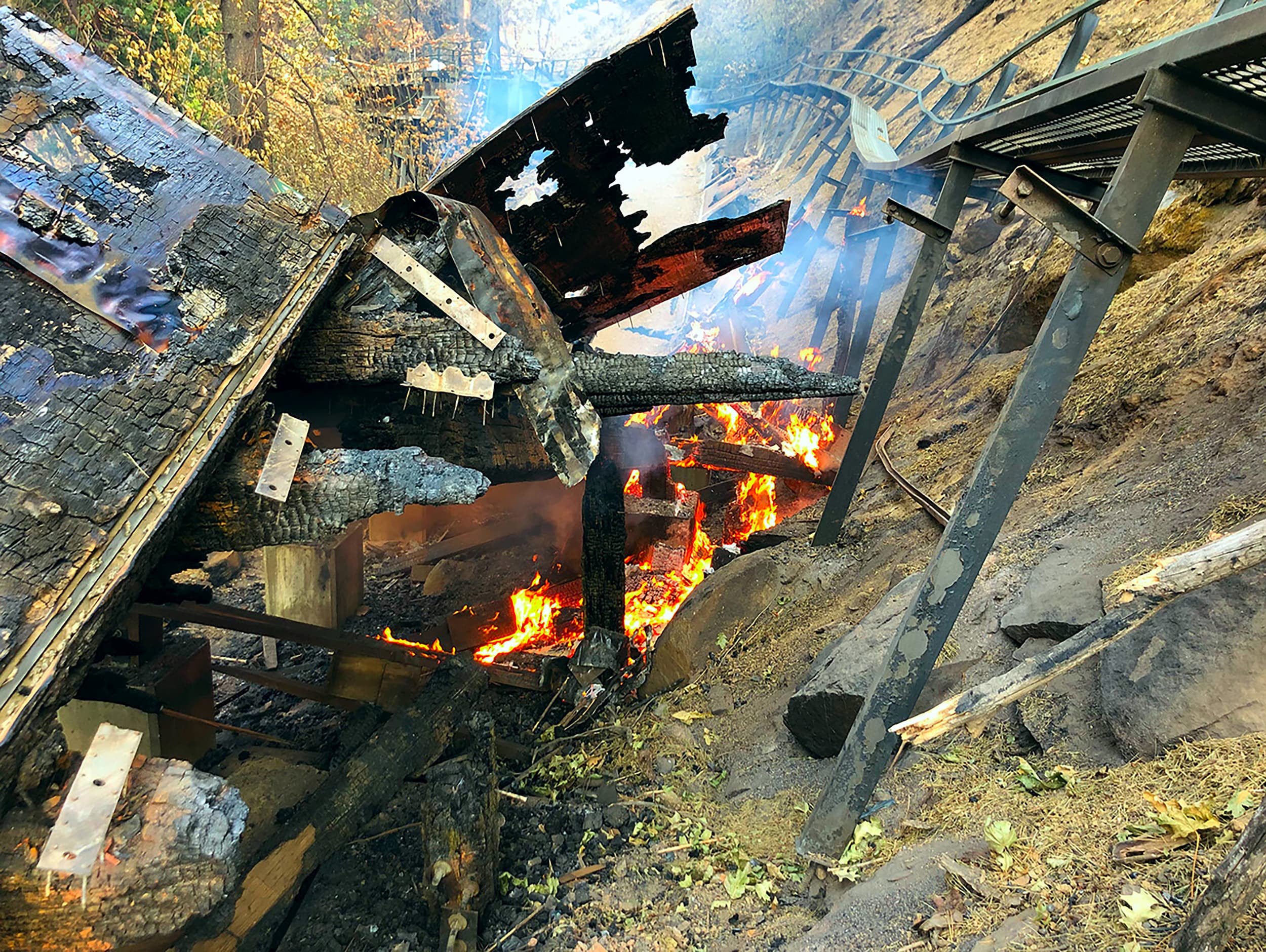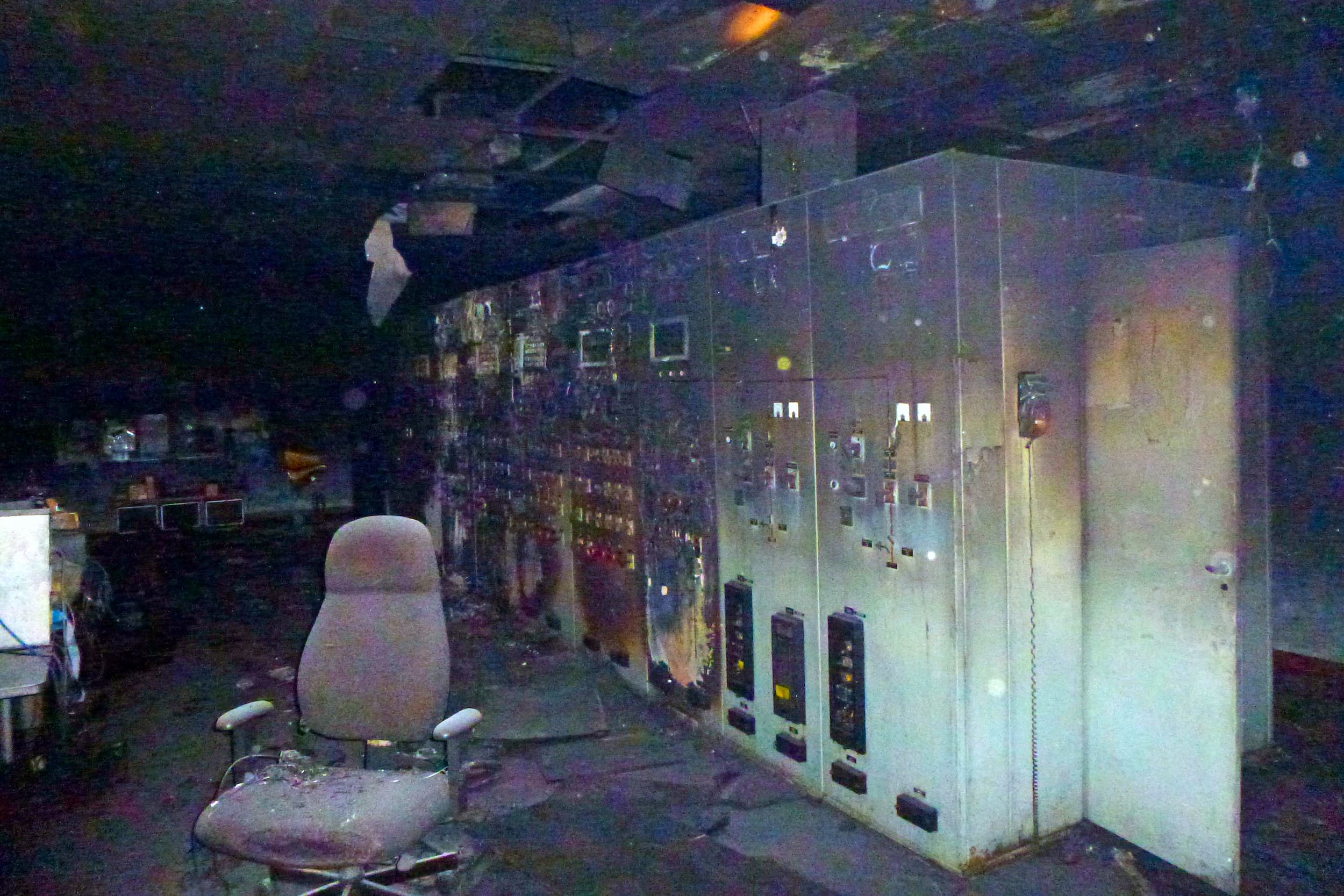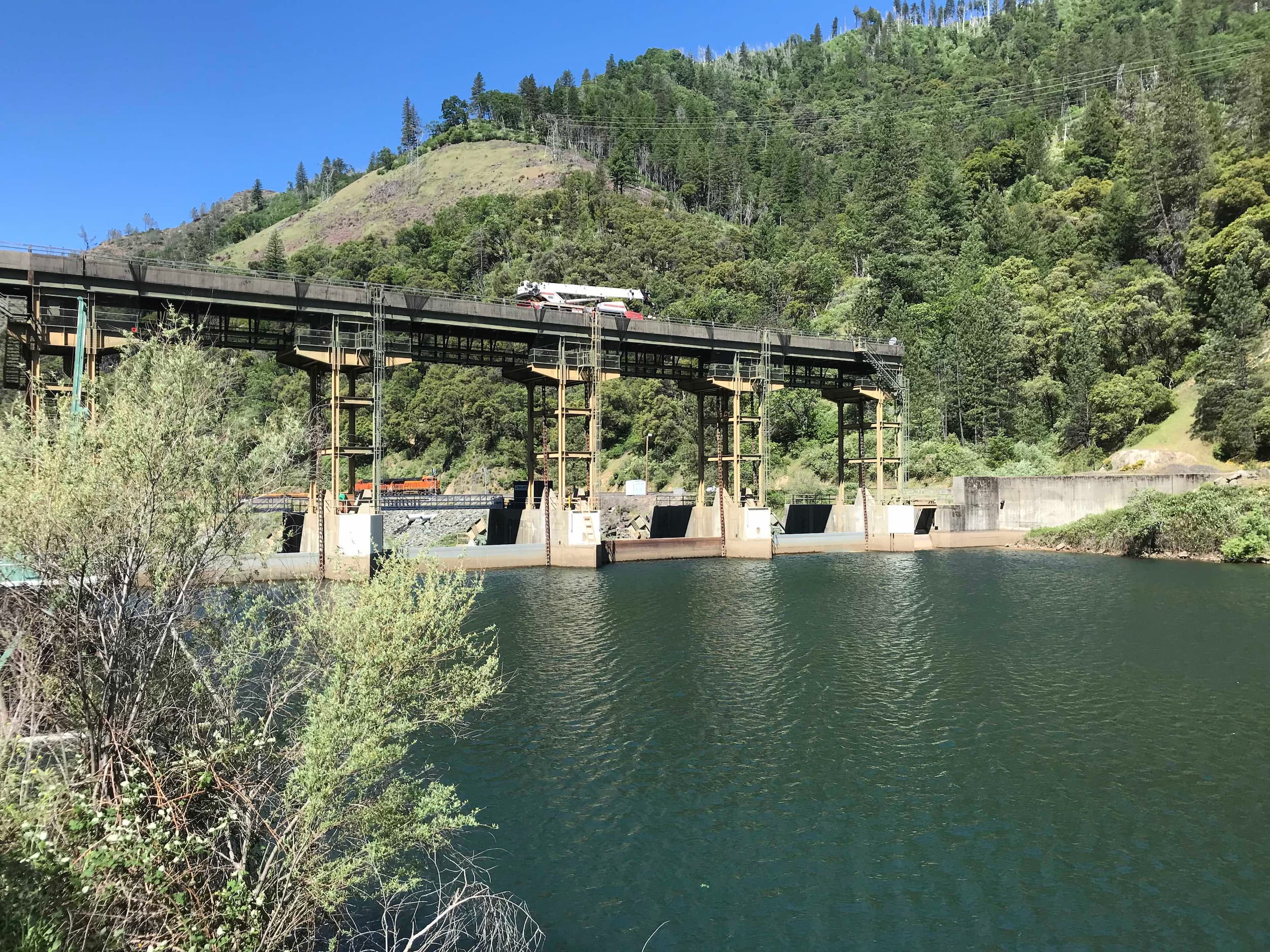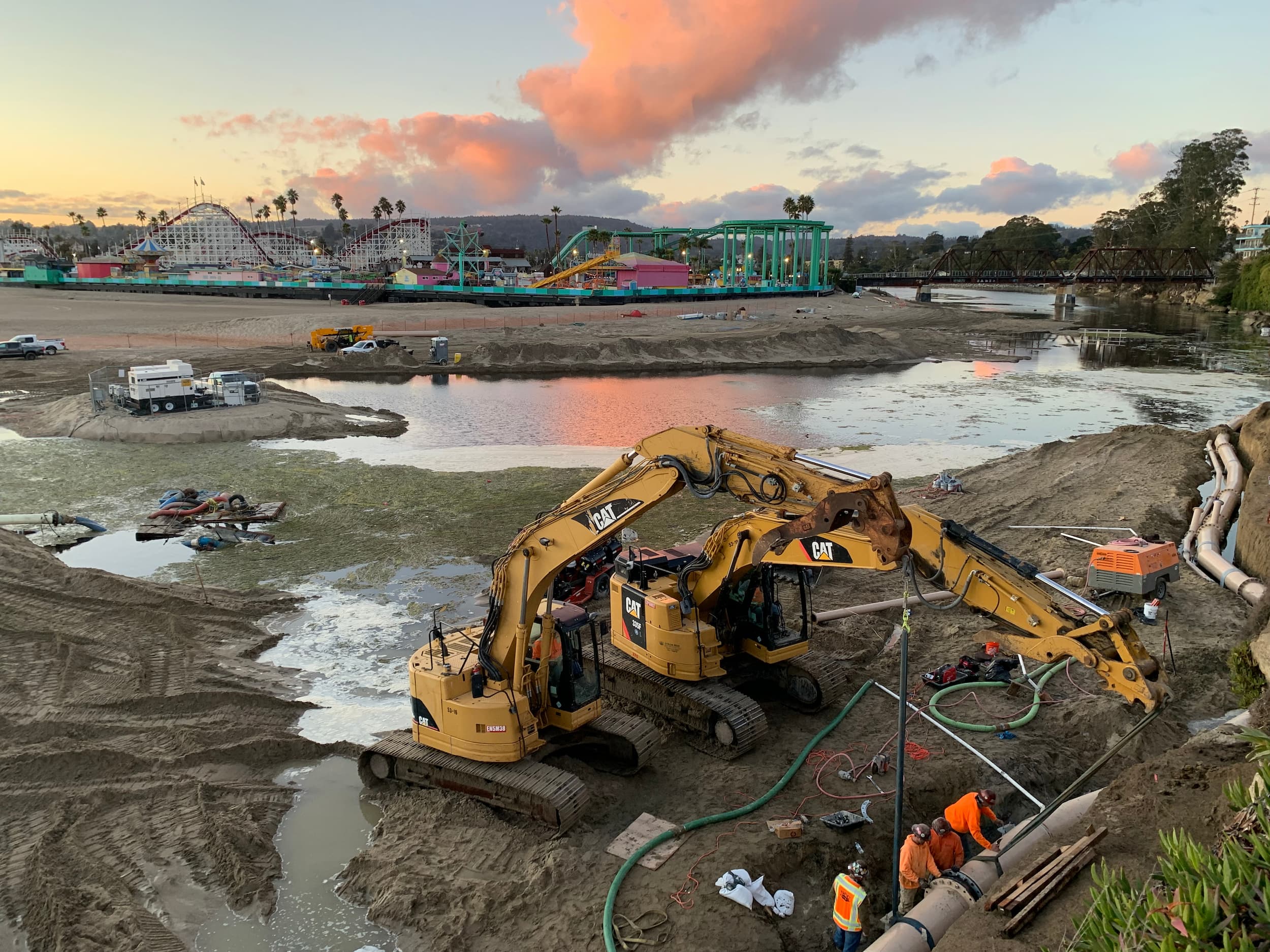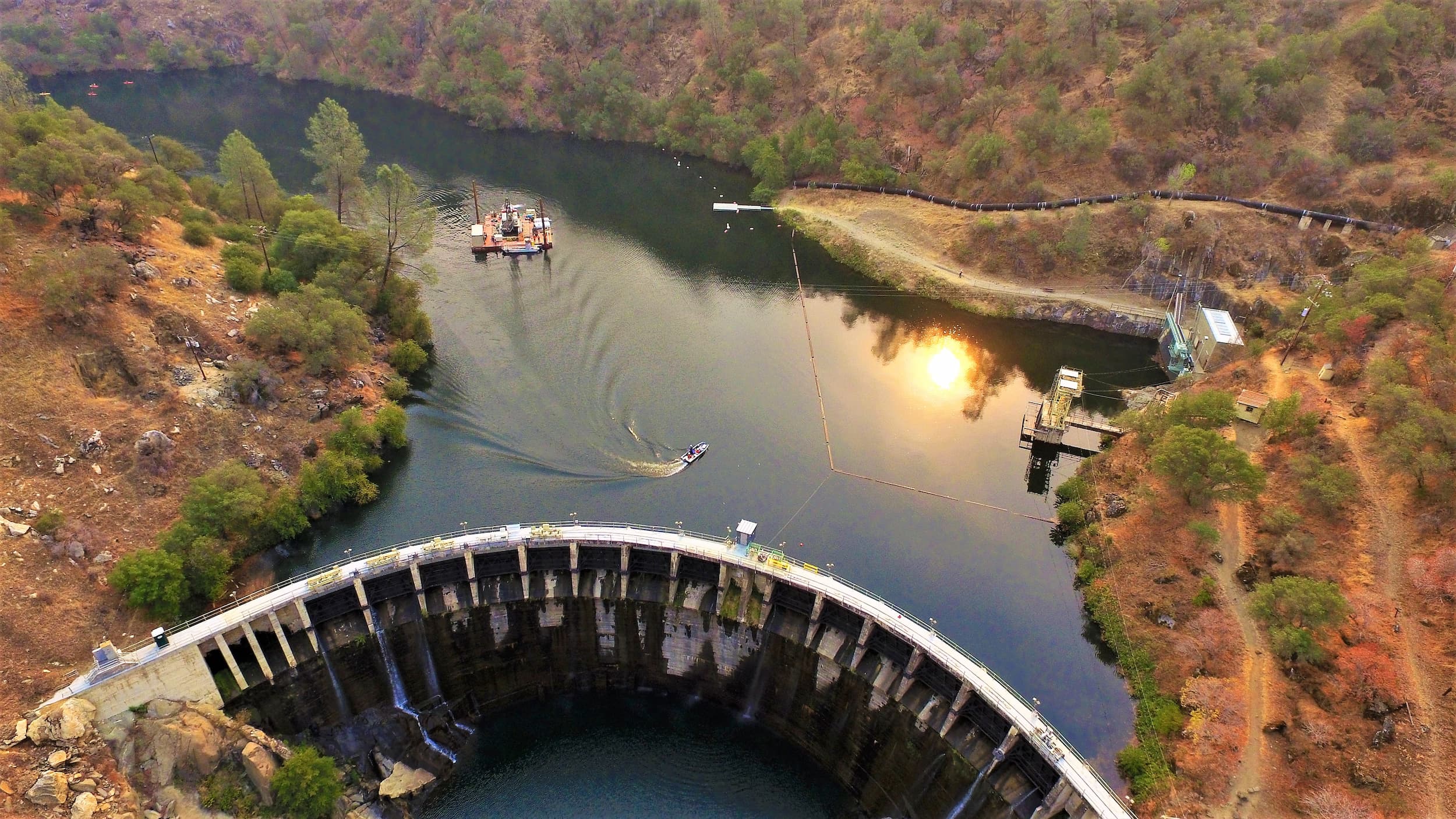Emergency Response
We provide 24/7 emergency
response services
Syblon Reid has access to equipment and resources and the ability to ramp up our workforce to meet the urgent needs of our clients.
Every year, Syblon Reid responds to several emergencies for our clients. These involve a variety of circumstances, including landslides, fire damage, and tunnel repairs. We have extensive resources; with manpower, equipment, and experience ready for immediate dispatch, along with easy access to the necessary construction materials, in case an emergency occurs. During the initial response, we work with our clients to perform quick environmental and safety assessments, and accomplish the work in compliance with Construction General Permit conditions, including the Clean Water Act. We approach emergency work expeditiously and in an environmentally responsive manner while, at the same time, providing solutions and implementing appropriate mitigation measures.
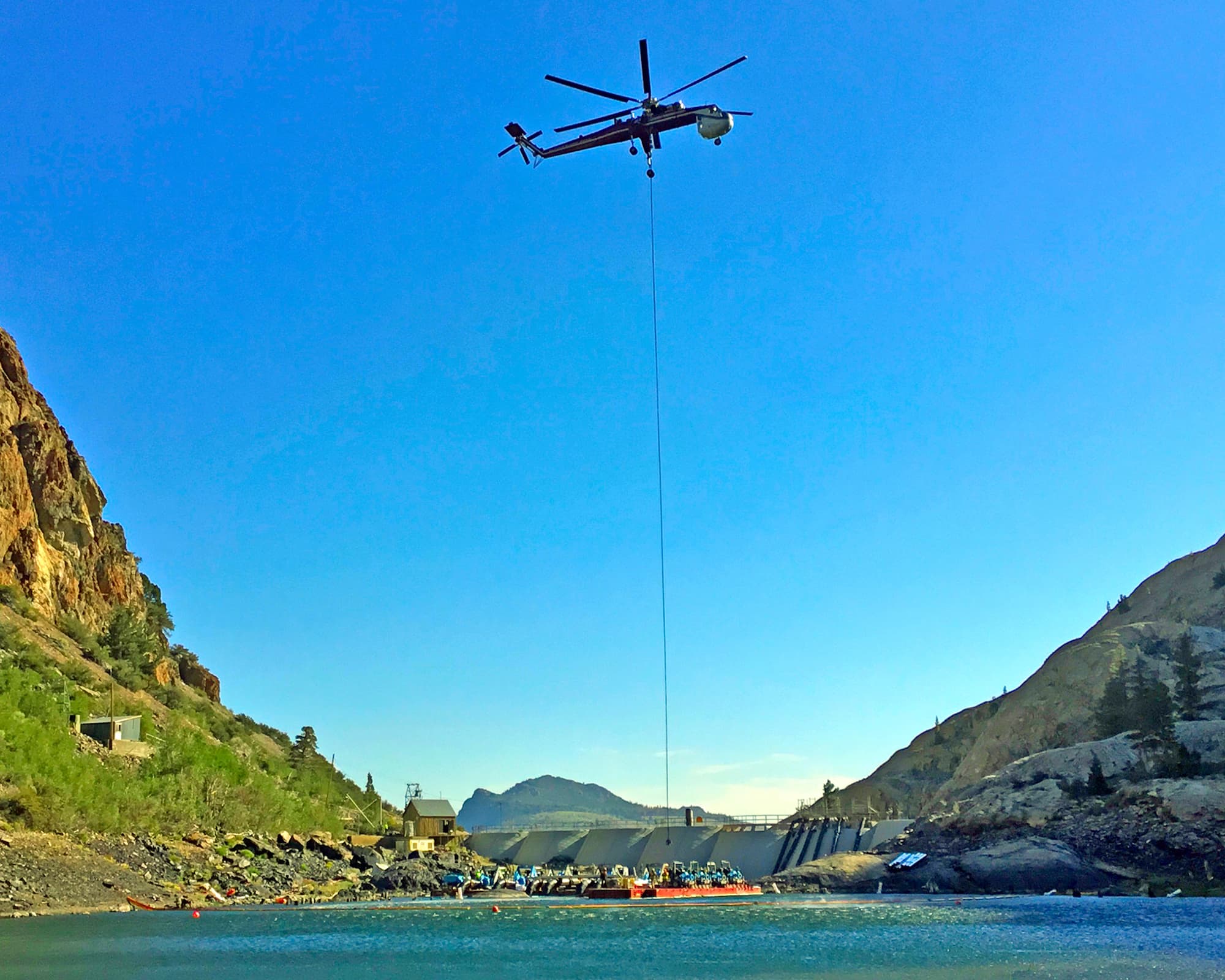
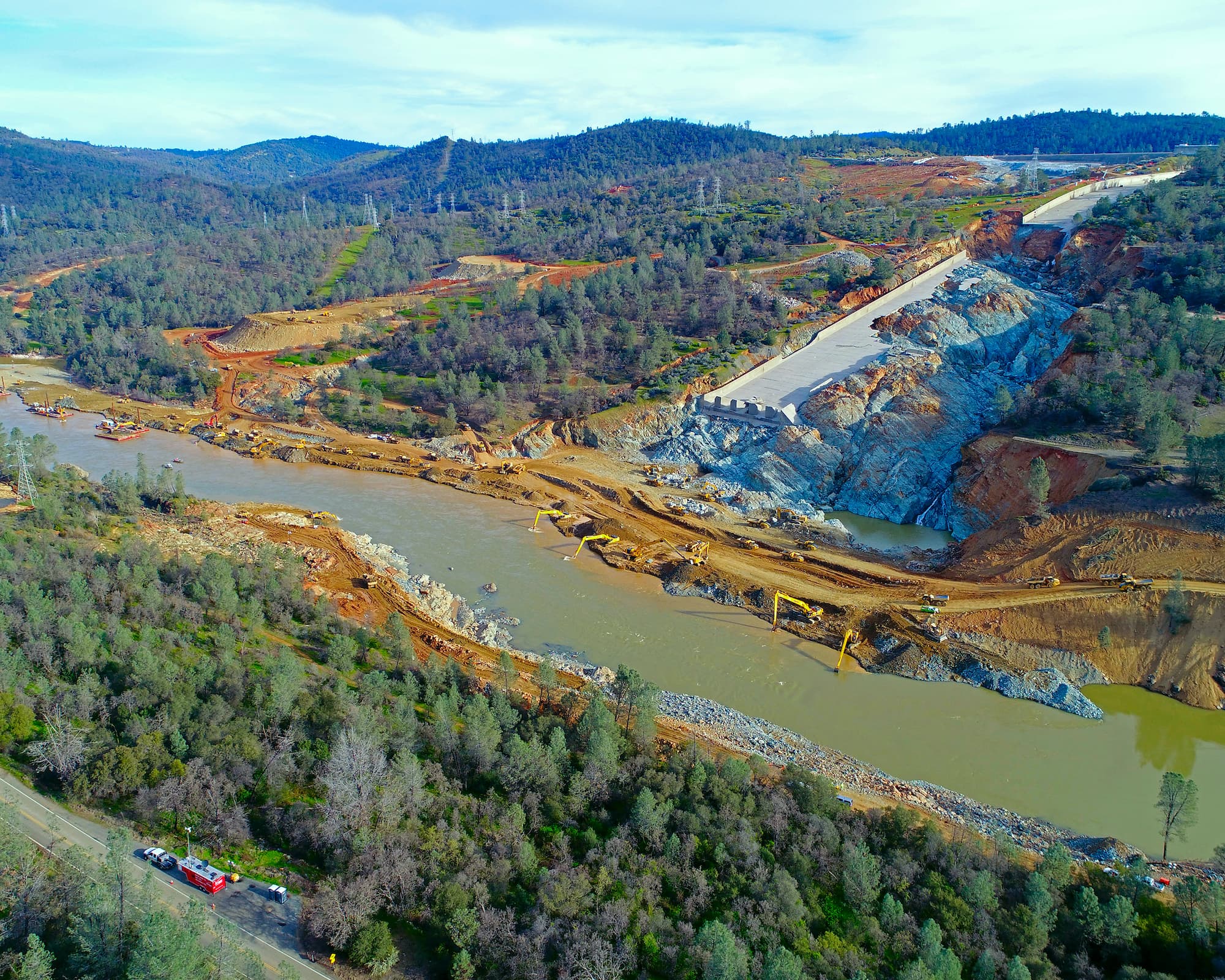
Gallery
Emergency Response
Services
- Fire damage recovery and repairs
- Storm damage hazard mitigation and repairs
- Levee repairs
- Canal liner and embankment repairs
- Flume repairs
- Water conveyance system repairs
- Landslide repairs
- Pipeline repairs
- Road repairs
- Dam spillway failure repairs
